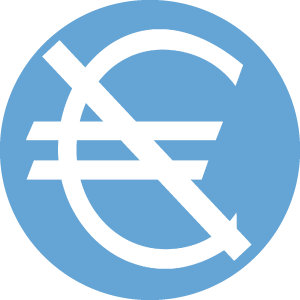This channel has a length of 20 km (12.4 mi), a 29 m (95 ft) slope and eleven locks measuring 48,5 x 4,5 m (159' x 14.7') each. On the 13th August 1682, the Bruche channel, also called channel Vauban was officially opened. It was designed to ship stones and other materials from the quarries of Soultz-les-Bains and Wolxheim for the fortification of Strasbourg and the construction of its citadel.
On the 30th September 1681 the German free town Strasbourg capitulated in front of the French army. For a better defence of Strasbourg, King of France Ludwig XIV decided to build a fortress. The plans were drawn by the king's architect, Vauban. At that time there was a intense traffic on the channel composed of men, donkeys or horses, which from the right bank towpath of the pulled the full loaded ships. Beginning of the last century the channel was used less often.
The former towpath now serves as a cycle lane you can use to reach Strasbourg.
On the 30th September 1681 the German free town Strasbourg capitulated in front of the French army. For a better defence of Strasbourg, King of France Ludwig XIV decided to build a fortress. The plans were drawn by the king's architect, Vauban. At that time there was a intense traffic on the channel composed of men, donkeys or horses, which from the right bank towpath of the pulled the full loaded ships. Beginning of the last century the channel was used less often.
The former towpath now serves as a cycle lane you can use to reach Strasbourg.
-
Access for disabeld person
Access for disabled personsMore: The paved bicycle path is adapted for disabled people -
Opening times
Free access -
Price

-
Car park
Train
Nearest train station: Molsheim Distance station (km): 3 Km





